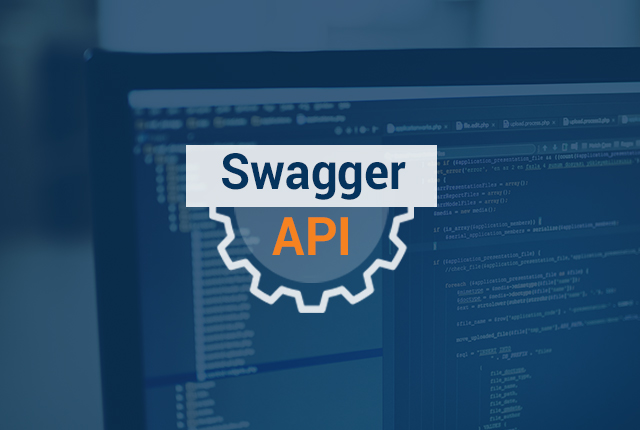
Swagger provides a unique and convenient platform to document, test, and write API structures. Take a look at its benefits:
-
The documentation of APIs is necessary as you have to let the API consumers know about the endpoints being used. This includes the input and output of an API method and should also include what challenge the particular API will solve. Swagger provides a method to automate the documentation, which means Swagger picks up the methods with GET, PUT, POST, DELETE attributes and prepares the documentation by itself. Further, if any changes are implemented, then the Swagger documentation is automatically updated.
-
Testing is always crucial; on both the development and QA levels. Swagger provides a UI integrated page where all the API methods are listed and enables the user to test any method that is required from the UI.
-
Swagger does the documentation in a conventional way (OpenAPI) which means it is in a machine-readable language. If a user starts the documentation first, Swagger will write the structure of the API automatically based on the written documentation. The API logic relies on the developer and business requirements but the structure will be written by Swagger itself.
-
The user does not need a separate applications to test APIs. Just configure Swagger once in the project and access it through a URL to test the APIs.
These are the major benefits users will see once they start using Swagger. Swagger provides immense support for a wide range of platforms, languages, and domains.

Post a Comment